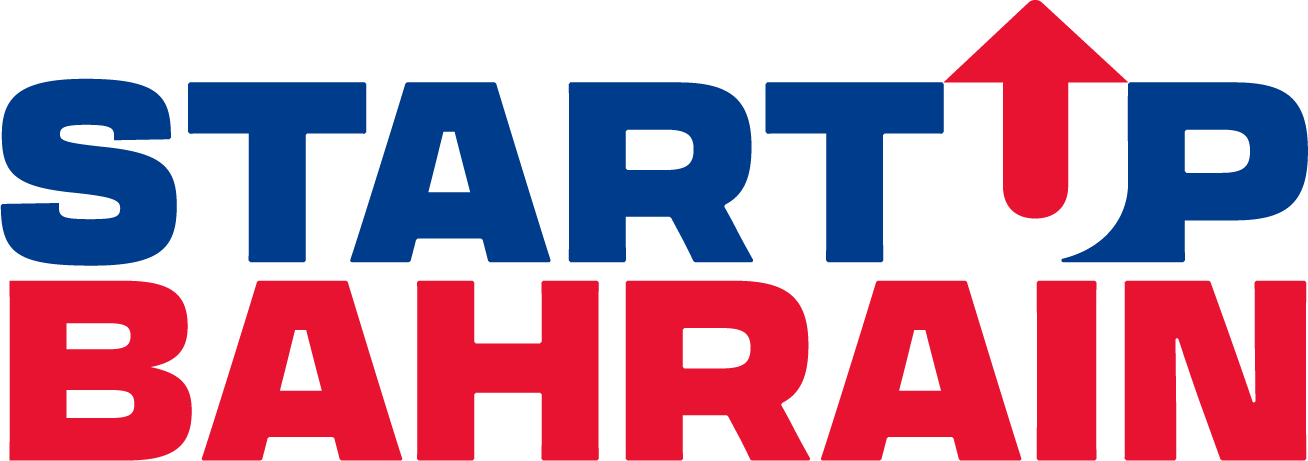I believe that purpose is the new currency. We all want and need a better world. Companies can no longer afford to ignore this fact. In the past few months, climate change has been one of the critical issues discussed by governments, organizations, and entrepreneurs. In fact, WEF announced during Davos 2020 that they will soon launch UpLink, an open platform that will help forge new approaches to address the world’s most pressing challenges, as set out in the UN Sustainable Development Goals (SDGs).
There has never been a better time to start a social venture. The abundance of resources and exponential technologies allows us to solve many problems and impact billions of people globally. We can do good and make money at the same time. New companies and startups can disrupt faster than incumbents, as they have no legacy systems to maintain, nor hierarchies to navigate, so they can focus solely on disruption.
Social entrepreneur Leila Janah, who passed away in January this year, founded Samasource, a for-profit social venture that hires people in areas with few job opportunities, trains them in AI data input and other computer tasks, and then provides their services to a list of global companies that includes Google, Microsoft, and Walmart (www.inc.com). Her aim was to improve the lives of the very poor people in Africa — by providing them with opportunities to work virtually. Janah realized that a good number of these poor people are well educated and that they can be a resource for companies in need of remote work.
Fall in Love With the Problem Problem solving comes first: If you don’t have the right problem to solve, no technology will help you make your business profitable. Many times, startups fail because they are solving a problem that was not validated by the consumer. The most important step in starting a social venture is to ensure that the problem really exists. Also, you don’t want to solve just any problem. Is the problem you’ve chosen the best possible one?
A good place to start is to look at the 17 UN SDGs. Which problem space is more relevant to you and your region? Perhaps you want to focus on SDG 12: Responsible consumption and production. You can probably think of many issues related to fast fashion, environmental impacts from supply chain, or efficient management of our shared natural resources. Or SDG 4: Quality education. Perhaps you want to focus on reducing the gap between public and private school education.
Consumer Behavior Another factor to consider is how consumer behavior is changing. What do people want? In his book, The Prosperity Paradox, Clay Christensen explains that social innovation can be achieved by turning non-consumers into consumers. How can you create a market for these non- consumers?
According to a recent Mckinsey study, “Gen Zers value individual expression and avoid labels. They mobilize themselves for a variety of causes. They believe profoundly in the efficacy of dialogue to solve conflicts and improve the world. Finally, they make decisions and relate to institutions in a highly analytical and pragmatic way.” Therefore, businesses must rethink how they deliver value to these consumers.
It is better to choose only one problem, rather than trying to solve a number of them. Once the problem is chosen, you can start ideating the solution. Now you can look at the different exponential technologies to help your product or service become faster, better, and cheaper.
Business Model Innovation Another important thought to consider is that innovation is not only in the technology; it is also in the business models. Business model innovation pertains to challenging the status quo and designing new models that meet unsatisfied customer needs.
Massive Transformative Purpose In their book, Exponential Organizations, Salim Ismail and his coauthors spoke about Massive Transformative Purpose (MTP). In the book, the team analyzed the 100 fastest growing organizations and their key traits. They discovered that every company on the list had an MTP. The MTP reflects an organization’s aspiration—the core purpose of its existence. It describes the change in the world that you want to achieve while recognizing that it will not be accomplished in the short term.
An MTP is bigger than just a mission statement. It’s a highly aspirational tagline that tries to solve a global issue. According to Singularity University, the more we organize around massive transformative purpose, the harder we’ll work, the more dedicated we’ll be, the faster we will solve big problems—and, perhaps most importantly, the more fulfilled we’ll feel about the work we do.
The MTP for the X Prize Foundation, for example, is “Bring about radical breakthroughs for the benefit of humanity.” Khan Academy’s is “provide a free, world-class education for anyone, anywhere.”
Problem–Solution Fit You will need to test your solution with your customers. Create an MVP and pivot, pivot, pivot…until you gain traction.
There is obviously more work to do, but these steps can give you a good direction to start your social venture.







